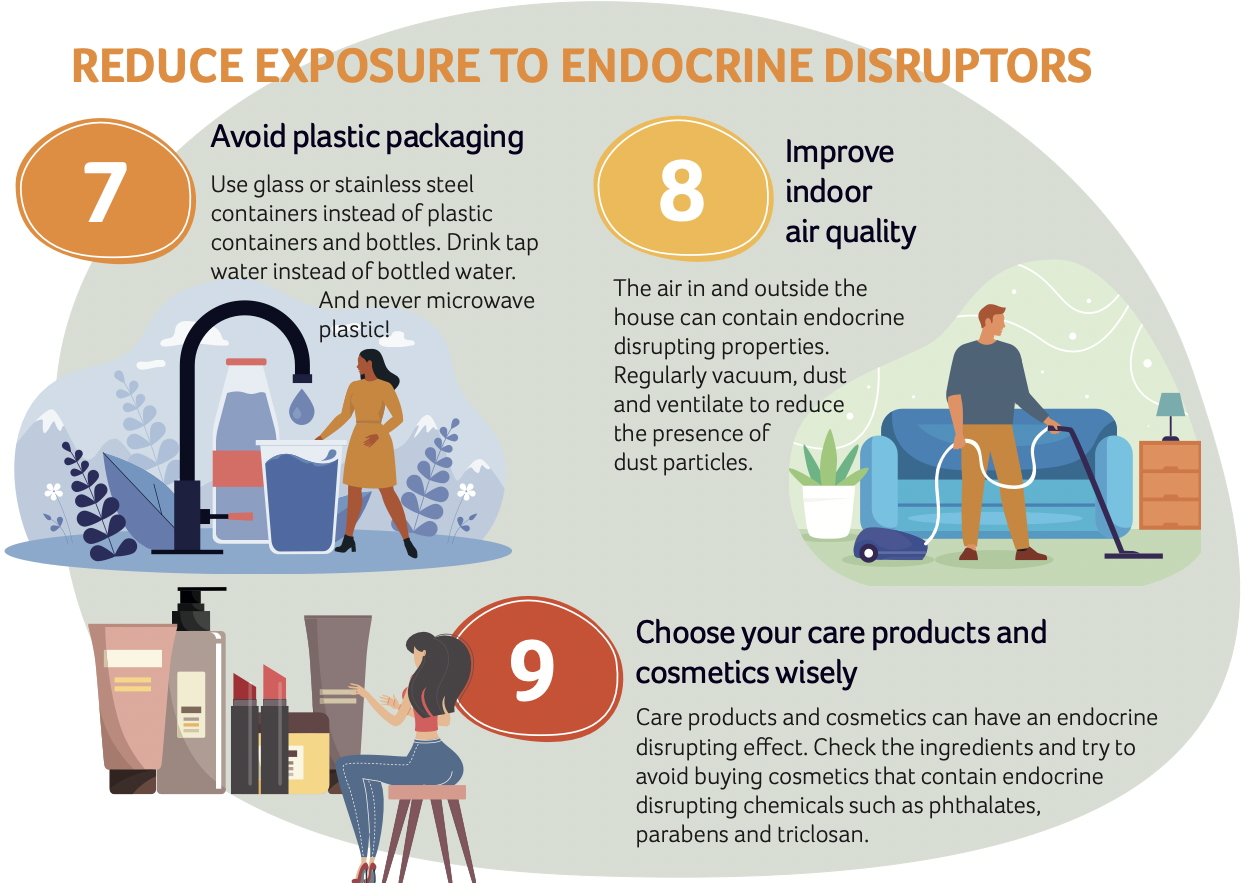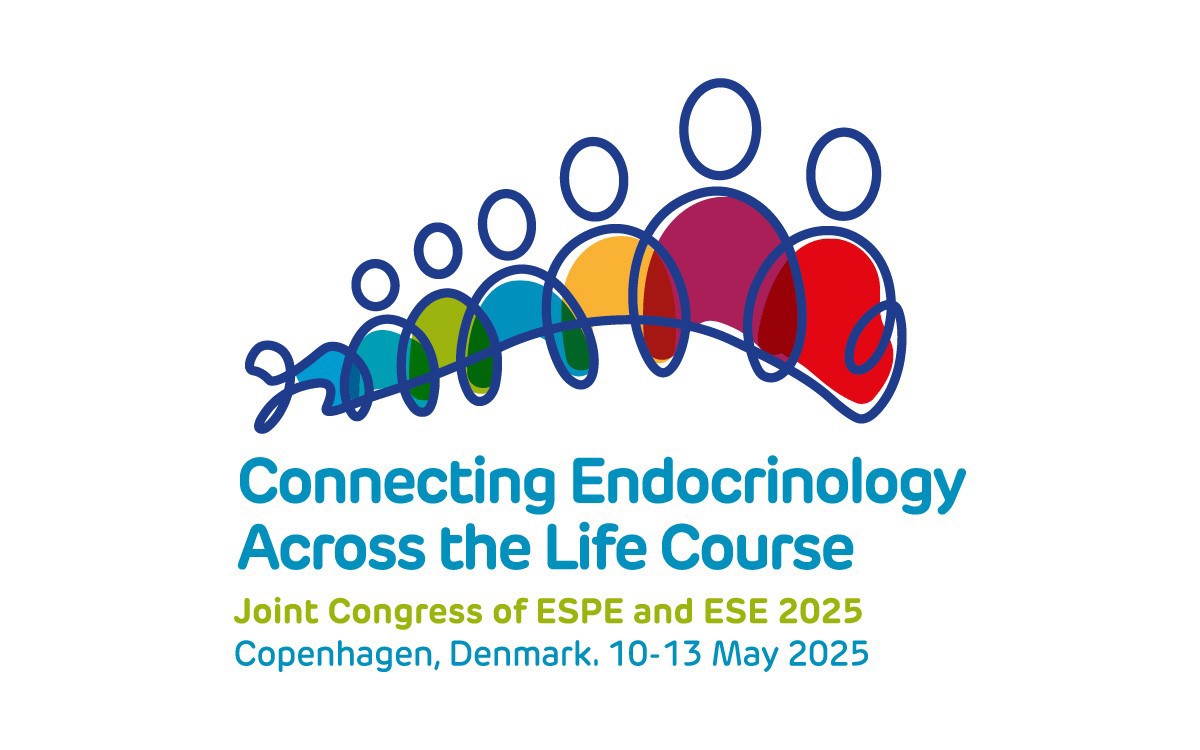Information for Press and Media
What are endocrine-disrupting chemicals?
Endocrine-disrupting chemicals (EDCs) are substances that mimic, block or interfere with hormones in the body’s endocrine system. Exposure to EDCs has been associated with a variety of rare cancers (especially in children), impaired reproduction, osteoporosis, thyroid disease, metabolic illnesses (e.g. diabetes, hypertension and obesity), birth defects and numerous other health conditions.
Recent studies estimate that EDCs contribute substantially to disease and disability across a person’s lifetime, costing hundreds of billions of Euros per year.
What can be done to tackle EDCs?
EU policies must address EDCs
We need policymakers to support legislation and policies that address EDCs in line with scientific developments. 2025 is a critical year as the EU engages in several legislative debates that will set the course for EU chemical policies, including:
- Revision of EU Toy Safety Legislation
- Revision of the Registration, Evaluation, Authorisation and Restriction of Chemicals (REACH) Regulation
- Consideration of restrictions on polyfluoroalkyl substances (PFAS), which are associated with thyroid disease, early puberty, metabolic disease and many other endocrine conditions.
Find out more about the current status of chemical legislation relating to EDCs.
Raising awareness of EDCs on World Hormone Day
There are also actions we can all take to reduce our exposure to EDCs as individuals. World Hormone Day (24 April) brings together the global endocrine community to raise awareness of the importance of hormone health. In 2025, we are sharing our 10 Recommendations for Good Hormone Health to promote these 'small steps' towards better hormone health, three of which focus on reducing EDC exposure.

Information about ESE's work on EDCs, including the role and remit of the EDC Working Group.
“Recognising the key role of hormones in European health: the Milano Declaration” was published on the first European Hormone Day in 2022. It encourages national and European decision-makers to better integrate endocrinology in European and national health policies, including research funding schemes.
For European Hormone Day 2023, ESE and the ESE Foundation published an annex to the Declaration, 10 Recommendations for Good Hormone Health. This complements the call for change to put hormones at the heart of health policy in Europe, with simple actions each of us can take to ensure better hormonal health.
The EndoCompass Research Roadmap is a major new initiative to improve hormone health in Europe by shaping the future of endocrine research. Led by ESE and the European Society for Paediatric Endocrinology, the project represents the collective expertise of the European endocrine community, bringing together clinical experts, researchers, patient advocacy groups and specialist partners.
The output is a clear, evidence-based framework to improve the coordination, visibility and impact of endocrine research. Recommendations span eight endocrine specialities and six cross-cutting areas, including environmental endocrinology.
Environmental Endocrinology is dedicated to publishing high-quality clinical, translational, and basic research on all aspects of environmental endocrinology, including EDCs.
More resources for World Hormone Day:
- Everything you need to know about World Hormone Day
- World Hormone Day public outreach toolkit (Trello board with materials to download)
- World Hormone Day media kit
If you are writing about World Hormone Day, please encourage people to visit www.worldhormoneday.org, which will take them to the overview page linked above.
- Summary of current and upcoming EU health policy debates relating to EDCs.
- ESE's update on revisions to REACH legislation.
- European Chemicals Agency's REACH webpage.
- European Commission Endocrine Disruptors Q&A.
- PFAS Restriction Proposal
Endocrine-disrupting chemicals (EDCs): Chemicals that can interfere with hormone function, potentially causing adverse health effects. Exposure, especially during sensitive life stages like foetal development, can increase the risk of diseases later in life.
EDCs are found in everyday consumer items including detergents, flame retardants, food additives, children’s toys, sunscreen, textiles, anti-bacterial soaps, cosmetics, plastic bottles, metal food cans and pesticides.
Health effects of EDCs: EDCs are linked to rare childhood cancers, reproductive issues, osteoporosis, thyroid disease, metabolic illnesses (e.g., diabetes, hypertension, obesity), birth defects and other health conditions.
Per- and Polyfluoroalkyl Substances (PFAS): A group of over 10,000 synthetic chemicals used in products like cookware, carpets and textiles for their water- and oil-resistant properties. These EDCs are highly persistent in the environment and the human body.
"Forever Chemicals": Substances like PFAS do not break down easily and accumulate over time. They transfer from mother to child via the placenta and breastmilk, and can be ingested through food, water, dust and non-stick cookware. Research suggests PFAS also spread through the air.
REACH (Registration, Evaluation, Authorisation, and Restriction of Chemicals): The EU’s main chemical regulation, designed to protect human health and the environment by identifying hazardous substances, restricting harmful chemicals and promoting safer alternatives.
REACH places responsibility on industry to manage the risks from chemicals and to provide safety information on the substances. Manufacturers and importers are required to gather information on the properties of their chemical substances and to register that information in a central database in the European Chemicals Agency (ECHA).
- Worldwide, only 40 out of 350,000 chemicals used in commerce are properly regulated.
- In the EU, approximately 17,000 frequently used chemicals lack proper risk assessment with many more chemicals on the market falling below that high threshold.
- EDCs are estimated to cost Europe between €157 billion and €270 billion each year in healthcare expenses and lost earning potential. Much of this is attributable to neurodevelopmental and metabolic disorders (e.g. obesity and diabetes).
Josef Köhrle, chair of the European Society of Endocrinology (ESE) EDC Working Group, says:
“It takes academia sometimes up to 20 years to prove the harmful effects of a chemical, but it only takes the industry 3-6 months to bring a new, but often very similar, chemical on the market following a lack of checks and balances to counter this practice.”
Pauliina Damdimopoulou, ESE Focus Area Lead for Environment, says:
“We need a REACH revision that protects the most vulnerable in our society including pregnant women and children whom are uniquely susceptible to the effects of endocrine disruption.”
The European Society of Endocrinology (ESE) provides a platform to develop and share leading research and best knowledge in endocrine science and medicine. Through the 50 National Societies involved with the ESE Council of Affiliated Societies (ECAS) and partnership with specialist endocrine societies, ESE and its partners jointly represent a community of over 20,000 European endocrinologists.
ESE and its partner societies work to promote knowledge and education in the field of endocrinology for healthcare professionals, researchers, patients and the public.
ESE informs policymakers on health decisions at the highest level through advocacy efforts across Europe. Find out more: www.ese-hormones.org.
For further information contact:
- Dirk De Rijdt, ESE Director for Strategic Partnerships – dirk.derijdt@ese-hormones.org
- Mischa van Eimeren, ESE EU Liaison Officer – mischa.vaneimeren@ese-hromones.org
See recent news and announcements relating to environment and endocrinology.




